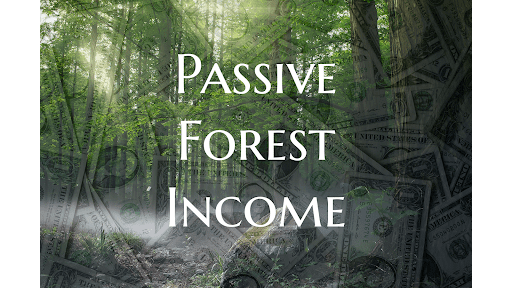What is Passive Income?
“Passive income” is any income that you don’t need to actively work for. It’s also essentially a myth that there’s such a thing as a truly “passive” income. There’s always work involved; it’s just a matter of who is doing the work. It is more accurate to describe passive income as investment income. By investing in a business, system, land, or some kind of enterprise, you can make residual income without much additional work.
A good example many of us are directly familiar with is renting a home. If you own a house and rent it out to someone, you aren’t usually actively working for that income. The landowner is on the hook for taxes and maintenance costs, but many landlords are able to rent out their properties through agencies that handle all the actual work in exchange for a cut of the rental income to pay for that work. This means that after their initial investment of capital, a landlord can receive relatively passive income in perpetuity by allowing their property to be managed for them by a third party. In many ways, this closely mirrors how passive income works in the case of woodlots.
How Does Forest Management Produce Income?
When properly managed, woodlots can be harvested periodically, generating timber that can be sold to a variety of processors for a range of purposes depending on the type of timber and its quality. What you can expect for income then depends on the quality of the management of this resource. If you allow trees to grow naturally, without management, your results will be unpredictable in specific but reliably lesser than if you had managed the resource properly.
If trees aren’t adequately thinned out, they tend to grow too tightly packed. This results in trees growing up thin and quickly, like asparagus, resulting in low-quality timber. If, instead, trees are thinned too aggressively, they can end up growing so many branches that they’re too knotty for high-value applications. In all cases, managed forests more reliably yield a larger quality of higher-value trees because a trained forester understands what makes a forest valuable and can manage it to achieve those conditions.
What Needs to Be Managed to Keep a Forest Profitable
There are several aspects of your woodlot that needs to be managed actively, though not necessarily intensively, to achieve reliable passive income. We will describe the primary factors here.
- Density – The density of your forested land is a major factor affecting directly the quantity of timber you grow, but also, less directly, the quality of the timber you grow.
- Species – Which species of trees thrive on your land based on its soil quality, water availability, and so on matters but also selecting for higher value tree species and even higher value individual trees to regenerate between harvests can make a large difference to the bottom line.
- Regeneration – The rate and dispersal patterns of sapling distribution have a compounding generational effect on both the density and species of trees in your forest, and a good forest management plan takes this into account when setting active management strategies and protocols.
- Harvests – While even-aged clear-cuts are a viable approach, if you want passive income regularly, more frequent, less extensive harvests need to be planned and actively managed to achieve optimal results. Periodic harvesting like this can even be used to further objectives like changing the species breakdown of a woodlot.
Managing these factors in your forest requires more than an understanding of what the factors are and what the ideal outcome looks like. Foresters like the team at Tall Pines have a deep understanding of the factors that affect not just these elements but every aspect of the health and growth of forests. Having a forester on your team takes a lot of the guesswork out and gives you the level of support you need. Whether you just want a plan to follow or want to be entirely hands-off, a forester can help you achieve your goals.
Your Forester Needs To Be a Trusted Partner
Much like making a traditional stock investment through a broker, managing a rental property, hiring someone to restock a vending machine, or any of the myriad other active parts of “passive” income strategies, your forester becomes an effective partner in the business of your forest. As with any other business partner, you need a foundation of trust to achieve meaningful results.
At Tall Pines Forest Management, we strive to provide the in-depth information and context you need to place your trust in us and our methods. We start our relationships with landowners by creating forest management plans that work, helping with all aspects of carrying out that plan as needed and desired by the landowner. Please reach out today to learn more about how we can help you achieve your passive income goals with savvy, competent forest management practices.


0 Comments